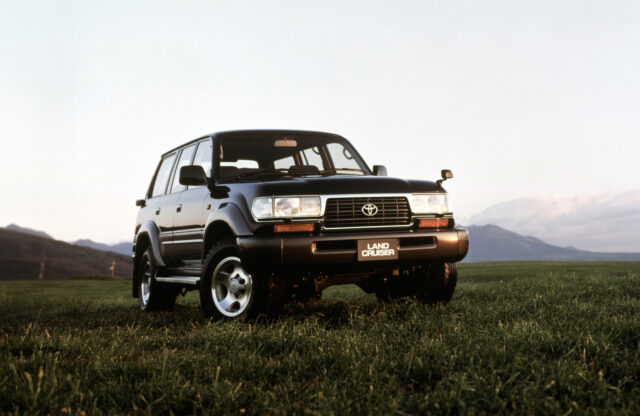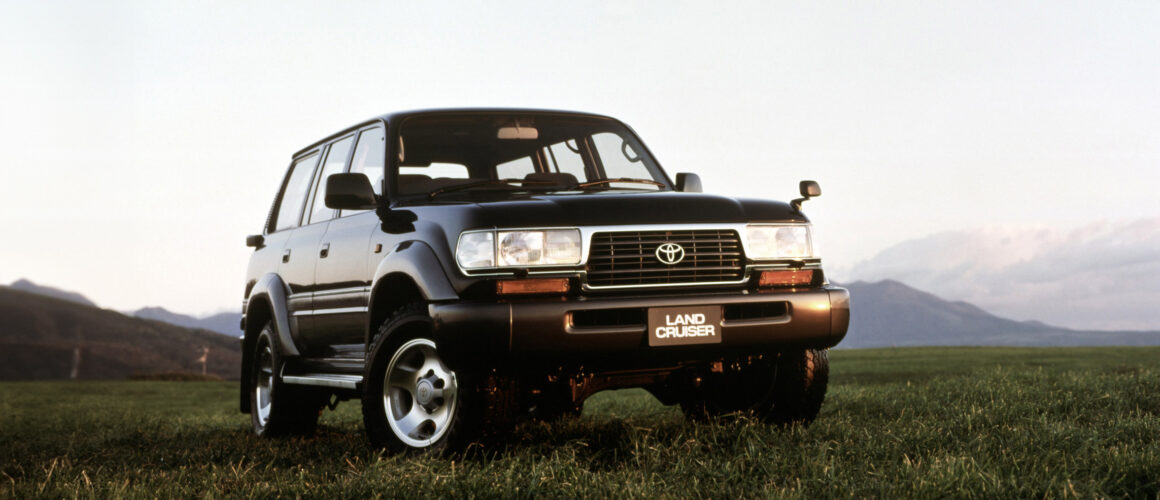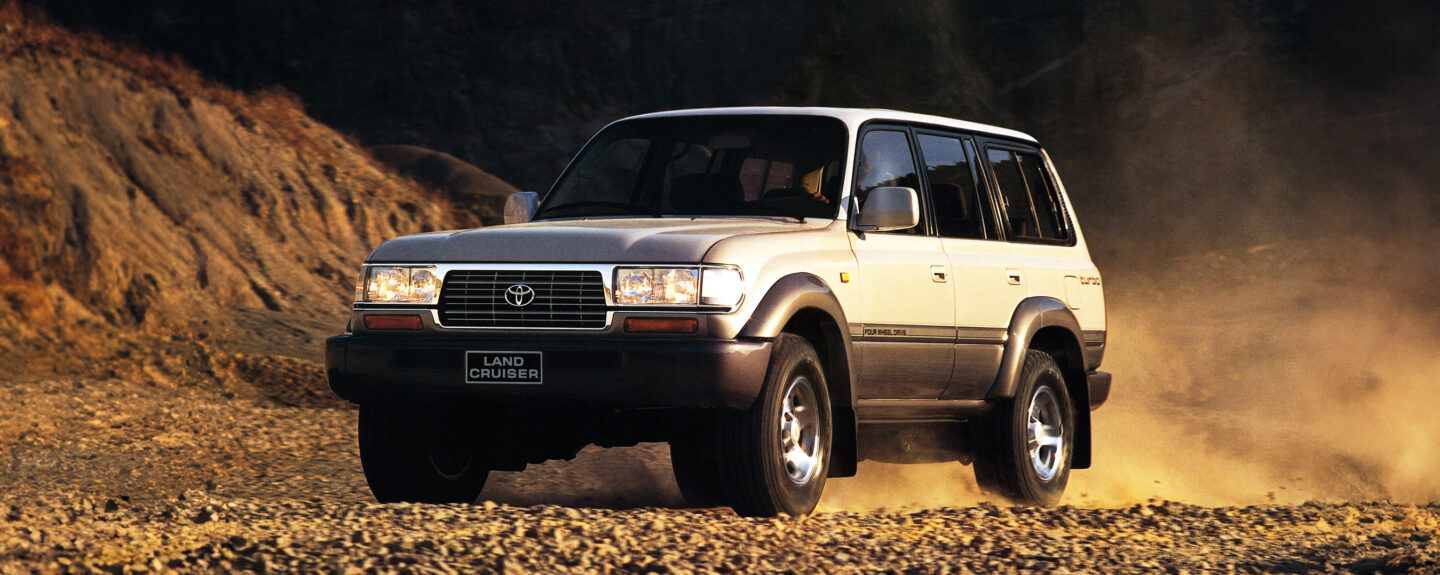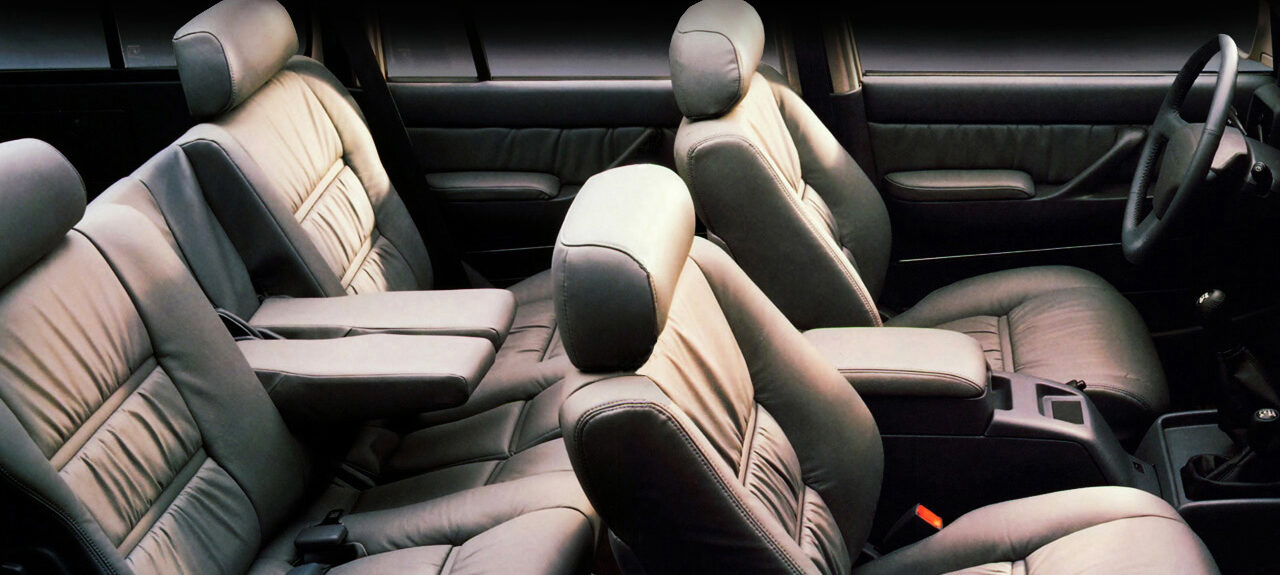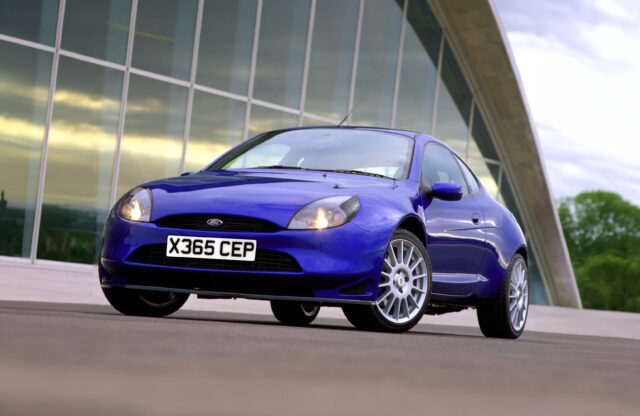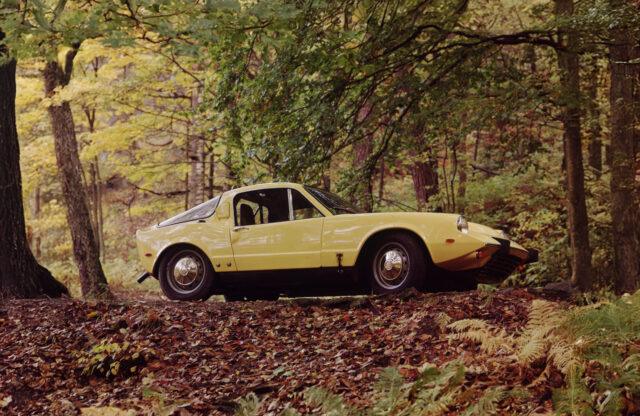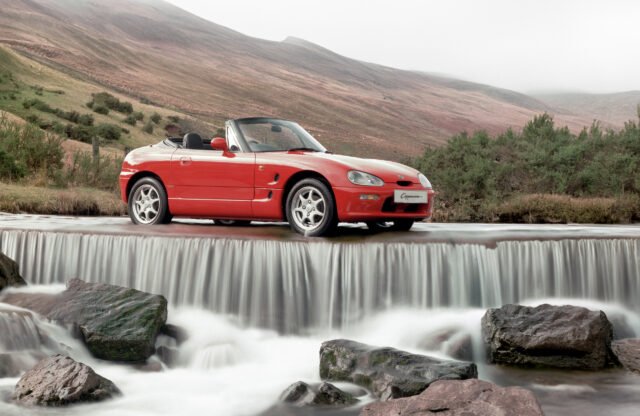Even though the name draws obvious Land Rover parallels, Toyota’s legendary off-roader has trodden its own path since it was spawned as a parts-bin Jeep substitute in 1951. Japan needed a hardy military vehicle, and early on that’s exactly what the original Land Cruiser was all about. As time went on, though, the concept evolved, and by the time the J80-generation Land Cruiser was launched in the 1990s it was a real world-beater – enough to make it a classic, though one that remains a somewhat overlooked gem.
The company’s exceptional ability to engineer a well-built, reliable go-anywhere car ultimately ended Land Rover’s reign of global domination in the utilitarian 4×4 market. Despite the Land Cruiser’s reputation for reliability – or perhaps because of it – very few Land Cruisers actually remain in low-mileage, mint condition. Most have been used as they were intended to be, which makes the sight of a clean, original example quite a rarity today. That said, the J80 remains one of the most capable off-roaders ever built. Simply make sure yours is in good mechanical shape, look after the underside, and enjoy for many years ahead. Here’s what you need to know.
Toyota Land Cruiser J80 model history
Offering luxury and refinement as well as rugged off-road ability and legendary reliability, the J80-generation car was the first Land Cruiser genuinely to step on the toes of the upmarket Range Rover. The J80 was launched in 1989 as Toyota’s flagship off-roader. While the sturdy and dependable nature of older Land Cruisers had won over global buyers, the US and European markets were starting to demand much more refinement and on-road ability.
Although it was still underpinned by a pair of beam axles (later available with locking diffs), those axles were suspended by coil springs, Panhard rods and anti-roll bars. With the right tyres it could be a serious bit of kit in the muddy stuff, yet at a stroke it was also far more capable than its predecessors on the road. It was launched with a 4.0-litre naturally aspirated straight-six petrol engine, the 156bhp 3F-E. There was a pair of direct-injection diesels, too, based on a single-cam 4.2-litre that was either naturally aspirated or turbocharged. A five-speed manual transmission was standard, with the option of a four-speed automatic for the more powerful engine variants.
The J80 was a real looker. Honed in the wind tunnel, it was built only in a five-door bodystyle. Some models were offered with a set of wide wheelarch extensions and the provision for larger off-road wheels and tyres. The interior represented a huge leap forward, with lots of leather and a carefully laid-out dashboard: much more upmarket than before.
In 1993 came a new 4.5-litre, 24v petrol engine – the 1FZ-FE – as well as larger brakes. From 1995 the Land Cruiser was sold in the US and Canada as the Lexus LX 450. As well as having slightly softer suspension it offered a much more luxurious interior, fitted with even more tech.
The J80 was superseded in most markets by the J100 in 1998, although the older model remained in production until 2007 in Venezuela. The J100 gained a V8 engine for the first time, and made the switch to an independent front suspension set-up.
J80 Land Cruiser common problems
• A reputation for reliability can sometimes lead to a lack of regular maintenance, so ensure there is proof of regular servicing. Many will have covered upwards of 200,000 miles, which is no worry for any of them.
• Engines and drivetrains are incredibly tough although, generally speaking, the later the vehicle, the stronger it will be. Be aware that, although parts rarely wear out, they can be very expensive to replace when they do.
• Locking differentials were an option from 1993, but many have been upgraded with them. A must if you plan on doing serious off-roading.
• As with any car of this nature, check for underbody damage, as well as the general condition of the chassis. Rust can take hold.
What to pay?
This very much depends on your requirements. £10,000-15,000 is your hunting ground for tidy, unmodified examples. Something a little rougher but in solid condition will start from about £6500. Expect high miles and some off-road enhancements.
